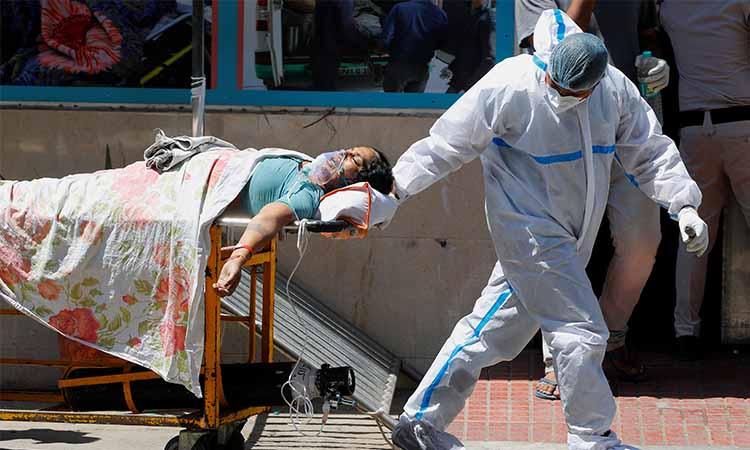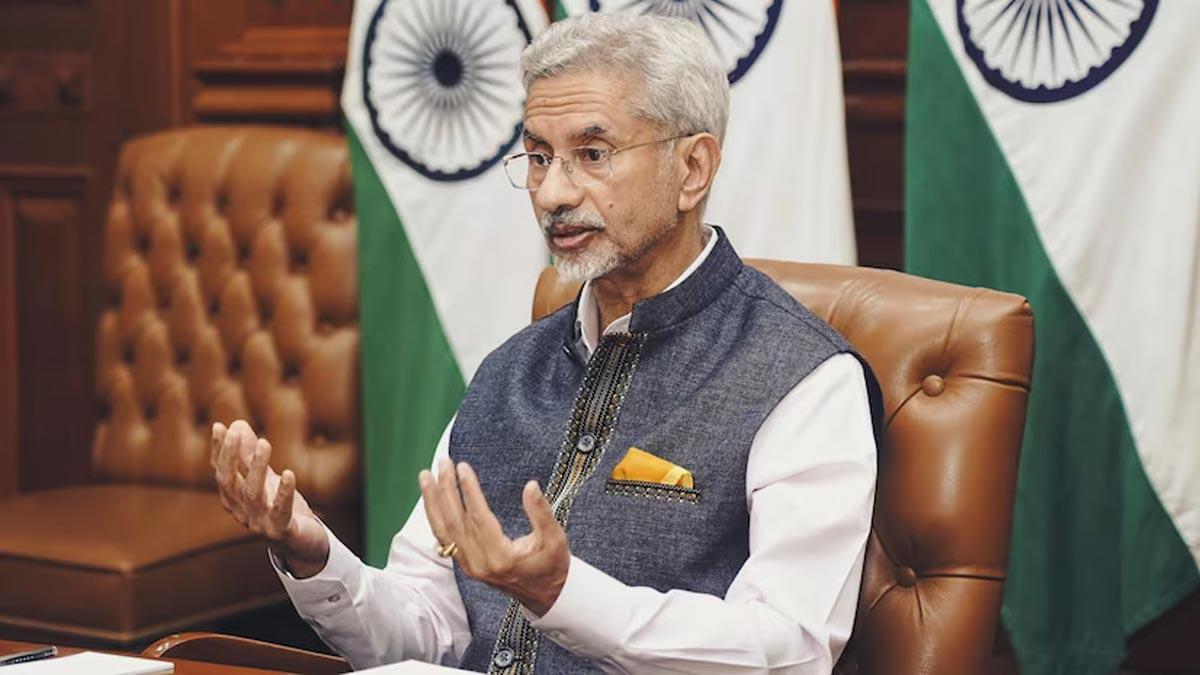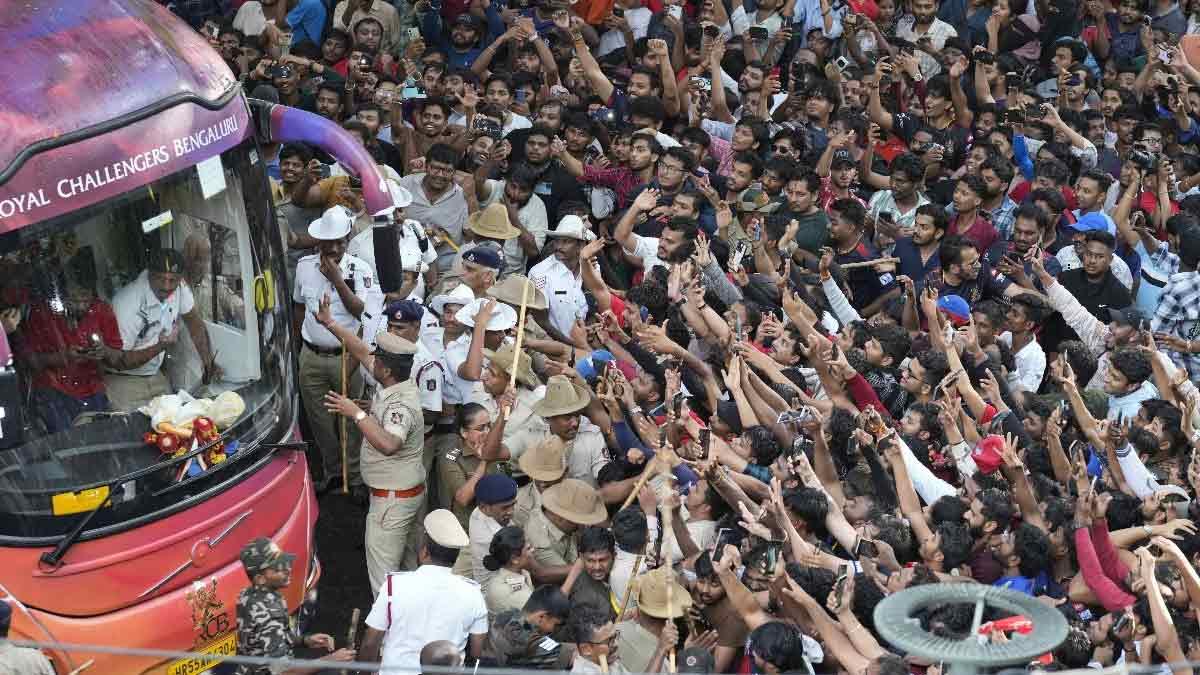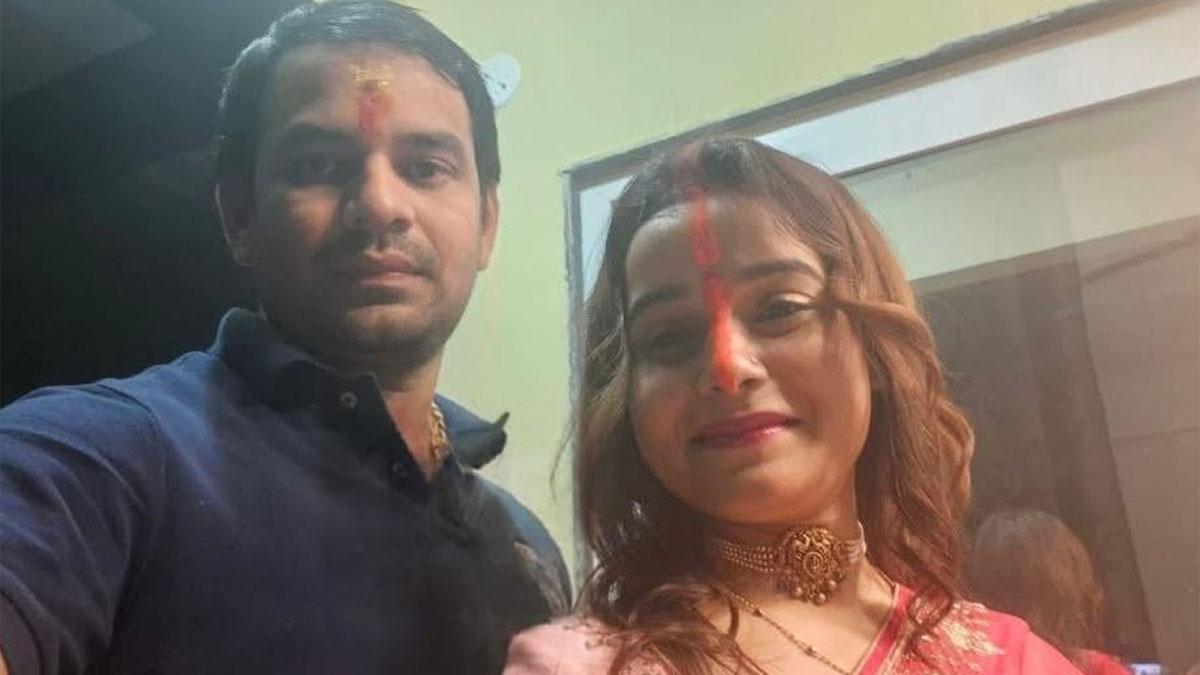Complacency paves way for Covid-19 to wreak havoc: Here's how state governments closed down special covid centres right before second wave
Most of the states in India committed strategic blunder when they decided to prematurely ramp down the healthcare enforcement that was being carried out in 2020 amidst the first wave of the pandemic. The shutting down of the special Covid facilities began in January this year under the mistaken belief that the pandemic was on its last leg. Makeshift hospitals were folded up, as were critical health infrastructures like ventilators and medical-grade oxygen. Contractual healthcare staff were also set free of their duties. A recent report from The Indian Express showed how states after states dismantled COVID facilities set-up last year only to get caught off guard.
The state governments are totally unprepared to cope with the massive second wave of Covid-19. The sheer scale of the infection and overwhelming demand for Oxygen and ventilators are just beyond the existing capacity of health infrastructure in the country. To make things worse, when the conversation around the second wave grew during March, the state governments were caught napping. Little to no swift action or plan resulted in the scarcity of basic medical needs like oxygen and hospital beds. The scenario looked like last year during the first wave. However, this time, the leaders knew what to expect, yet, they did not act on it.
While it is a fact that the ruling BJP’s February 21 political resolution was self-congratulatory for having “set an example in front of the world for what work can be done during Covid”, the Centre did continue with its advisories to states witnessing a spike in Covid cases. Moreover, health is a state subject, and several states did let their guard down.
During the ongoing second wave, the anarchic situation is mainly on account of lack of Oxygen cylinders and ICU beds. The authorities should have anticipated the possibility of the return of the second or even third wave. They must have prepared in advance for facing a situation like the present one. The negligence on the part of the authorities is criminal, to say the least.
“So what if these beds and oxygen cylinders were gathering dust. All the signs of an uptick were there and you could have saved lives if you didn’t have to waste precious time restarting them and looking for beds and cylinders,” a senior doctor from AIIMS was quoted as saying by The Indian Express.
Let's take a look at how different states erred in shutting down Covid centres ahead of the second wave:
Delhi:
The national capital was amongst the worst affected city during the first wave. Delhi is once again among the worst victims of the second wave. So far, the capital has seen three different waves.
The national capital has been reporting close to 25,000 cases every day now. On one day this count even went beyond 28,000, a record for any city. Amidst a large number of complaints of patients being unable to find hospital beds and oxygen support, the government is now in the process of reopening the makeshift hospitals. In the meantime, more than 300 deaths are being reported for the last three days.
During the first wave, Delhi had recorded more than 8,500 positive cases in a single day, the maximum for any city. Tracking this back in 2020, four temporary COVID facilities were set up in June and July. The largest of them all, run by TBP in Chhatarpur, had the ability to admit more than 10,000 patients at once. Other slightly smaller facilities were opened up in Dhuala Kuan and Commonwealth Games Village. After the daily cases in the state fell below 200, these facilities were closed by February this year.
Uttar Pradesh:
The northern state is contributing second most numbers of daily COVID cases in the country, only behind Maharashtra. Touching almost 5 times the peak from last year, Uttar Pradesh recorded 38,000 new cases.
The state officials created a three-layered system to grade hospitals and provide facilities to them. Layer 1 (L-1) was supposed to consist of 400 hospitals, all of which were to have at least 48 hours of oxygen supply. Layer 2 (L-2) was designated with 75 hospitals, with many of them having oxygen and ventilators support. Meanwhile, Layer 3 (L-3) was supposed to be equipped with all modern facilities, including ventilators, ICUs and dialysis arrangements.
As the Covid19 cases declined after the initial wave, the state government notified all but 83 hospitals to lay down the functions. Out of these 83 hospitals, 15 were L-3 and 68 were L-2. These hospitals together had 17,235 beds, out of which 7,023 had oxygen support, and 1,342 had ventilators.
However, on March 31, as the cases soared up in the second wave, 45 additional hospitals were put back into functioning to treat covid patients. That brought the total bed strength to about 25,000, hoping that this would be enough to deal with the surge.
Karnataka:
Karnataka has been recording over 25,000 covid cases with two-thirds of them being recorded in Bengaluru itself. The state which was at one point, one of the worst affected in the country with the second-highest caseload during the first wave has seen its death count go way beyond 200 again. This wasn’t a big enough wake-up call for the Karnataka government as it only installed 18 additional ICU beds during the time between the first and second wave.
There are 117 ICU ventilator beds in government hospitals for Covid10 patients at present according to the centralised hospital bed allocation system for Bengaluru. Out of these 47 are in the medical college hospitals and the rest 70 in 13 government hospitals. With Central assistance, this number was supposed to go up to 300. But when the case numbers declined between November and January, complacency set in.
Bihar:
The state has been facing an acute shortage of qualified medical staff along with doctors. Bihar failed to fill its 5,000 vacancies for doctors during the first and second wave of the pandemic.
Another scarcity Bihar is facing is in the ventilator facilities. During the first wave, the districts demanded that at least 10 ventilators should be installed in at least the government facilities. However, only ten district hospitals have more than five ventilators. The state has no oxygen plant and has to depend on supplies from neighbouring Jharkhand.
Maharashtra:
The worst infected state amongst all, Maharashtra saw a huge spike in covid cases during the second wave. The trend was seen in Maharashtra in early March itself yet the authorities undermined the entire situation. Clearly, the careless attitude saw an uncontrollable disaster unfolding in front of the entire nation.
An 800-bed jumbo hospital in Pune, one of the worst-affected cities, folded up in January. It had to be restarted in March.
Jharkhand:
Similar to Uttar Pradesh, Jharkhand is another state which has seen a spike in covid cases in recent weeks. During the first wave, however, Jharkhand had declared that at least one major hospital in each district would be converted into a Covid speciality facility. Along with this, twelve hospitals in major cities like Ranchi, Dhanbad, Bokaro and Jamshedpur were also converted into similar facilities. This year, none of the private hospitals have been roped in, leading to a scarcity of beds.
“A system had been put in place, infrastructure was scaled up to deal with a crisis, but it was allowed to die down,” a health department official said. Along with it, Jharkhand’s largest government hospital, the Rajendra Institute of Medical Sciences in Ranchi does not even have a CT scan machine, standard equipment to assess lung damage in Covid patients. It required the intervention from the state High Court to initiate the process of procuring a machine.


















